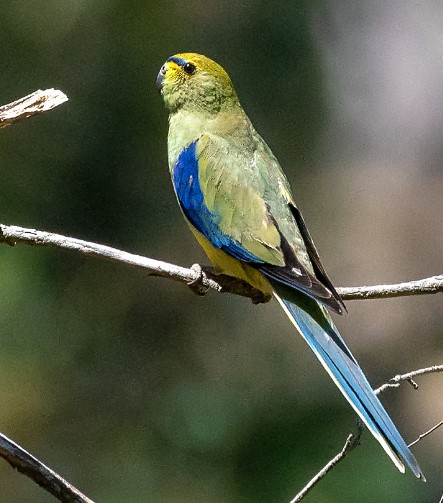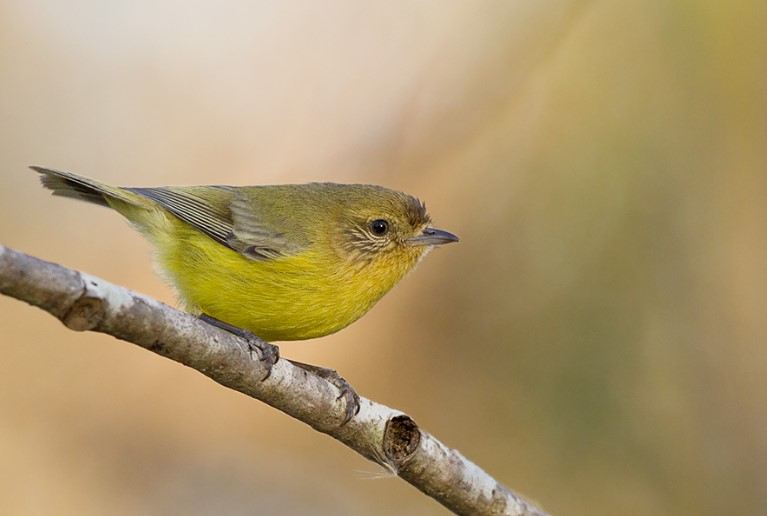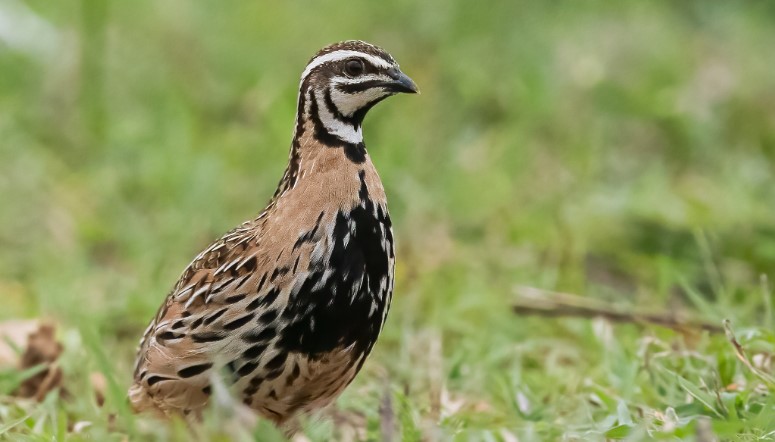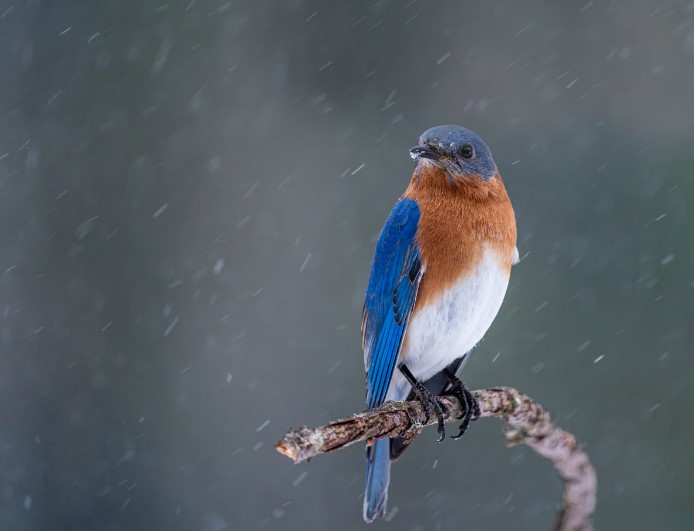It is still unclear how blue-winged parrots or blue-banded grass parakeets migrate. Blue-winged parrots are about 210 mm long, including a narrow, tapered tail. This species breeds in the southeast of South Australia, southern Victoria, Tasmania, and the Bass Strait Islands. As autumn approaches, it disperses north to the Eyre Peninsula, Lake Eyre basin, and Darling River plains, and returns in spring.
There are, however, birds that do not leave the breeding grounds, in fact, sometimes none of them appear to do so, and some of them seem to return by different routes each year in what is known as a ‘loop’ migration. South Australia and southern Victoria always have a moderately large population. We still do not know whether they are native birds who are leapfrogged by Tasmanians during their migration north, or if they move north in winter to be replaced by Tasmanian birds.
A variety of habitats are exploited by Blue-winged Parrots on their journeys, including forested valleys and sparsely timbered grasslands in Tasmania and Victoria, as well as sand dunes, mallee, acacia shrublands, and saltbush plains inland. Birds usually flock together in pairs or small flocks there, depending on the season and location. Groups of up to 20 birds can be seen during the breeding season, when they are extremely social. Parrots such as elegant parrots and orange-bellied parrots are sometimes found together.

Their olive-green body tone and their almost uniformly dark frontal band can be used to identify blue-winged parrots. They have extensive, plain, dark blue shoulders and a dark frontal band that does not extend above the eyes. Feeding on grass seeds and herbs is the primary activity of blue-winged parrots in the mornings and afternoons.
Foraging among the blades of grass is almost impossible to see due to their excellent blend of plumage and environment. Close-up approaches are possible, but they rise simultaneously and fly to nearby trees when disturbed, waiting for danger to pass before returning to the ground. Perched on fences and telegraph wires, the birds spend the middle of the day quietly.
While traveling long distances, they move swiftly, directly, and with little undulation, interspersing rapid flaps with brief glides on half-spread wings. Their tails spread as they alight as they move buoyantly and erratically from tree to tree.
The pairing seems to be permanent. A courtship-feeding male stands upright, fans his tail, droops his wings half-open to reveal his blue shoulders, bobs his head, and gives his soft, twittering contact call while courtship-feeding his mate. Females select, clean, and guard nest hollows, sometimes several at a time, alone; they may return to the same nest year after year.
Also, she broods unaided; the male stays close by, calling her out several times a day to feed, drink, and be fed, through regurgitation. In the first few weeks, she alone feeds the young, but as brooding ends, both parents feed them independently. A few months are spent with adults.
An identification feature of the male is the dull golden-olive crown, the ultramarine-blue frontal band with pale green-blue edging on the upper side, and yellow flowers. There is a dull olive-green hue on the nape and the rest of the upper parts. Sprouts have pale green cheeks, throats, and breasts; the lower underparts and tail undersides have yellow undersides.
There is uniform deep royal blue coloration on the wings and underwing coverts. There are blue-grey tail feathers in the center and pale blue tail feathers with yellow tips on the outer tail feathers. With a yellow surround, the eyes are brown. The bill and cere are blackish-grey in color. The feet and toes are grey-brown in color.
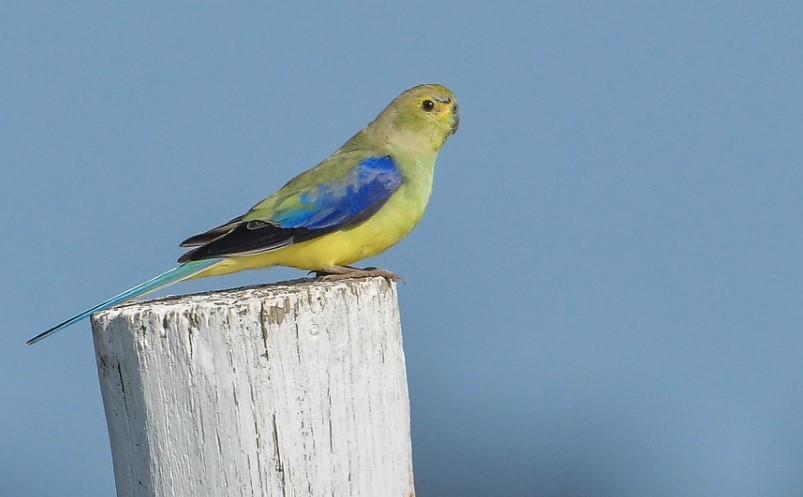
There is a dull olive-green crown on the female bird and duller and greener wings on the male bird. A faint or absent yellow stripe under the wings. Adult females have a blue frontal band; immature birds do not. Their wings are dull slate-blue. There is a yellow underwing stripe on most females and males. Both the downy young and the yellow-billed downy are white-downed.
In flight, blue-winged parrots usually make a soft, melodious tinkling sound. There is a sharp, high-pitched, two-syllable voice in alarm, tseet-tseet. It is common for males to make a soft twittering sound when feeding females and while calling them from the nest.
Breeding and nesting take place between October and January. Tree stumps, fence posts, trees, stumps, and logs can be used to nest hollow limbs or holes. Blue-banded Grass The parakeet lays 4 to 6 white eggs, which are rounded and about the size of 21 x 19 mm. The eggs are laid on wood dust. The incubation period lasts about 20–21 days for females. After hatching, the young fledge in four to five weeks.
A blue-winged parrot can be found in Tasmania, islands in the Bass Strait, and the southeastern part of mainland Australia, westwards to the Eyre Peninsula and northwards to the Darling-Barwon drainage. There is no race.
Related Reading – Australian King Parrot (Alisterus scapularis)
